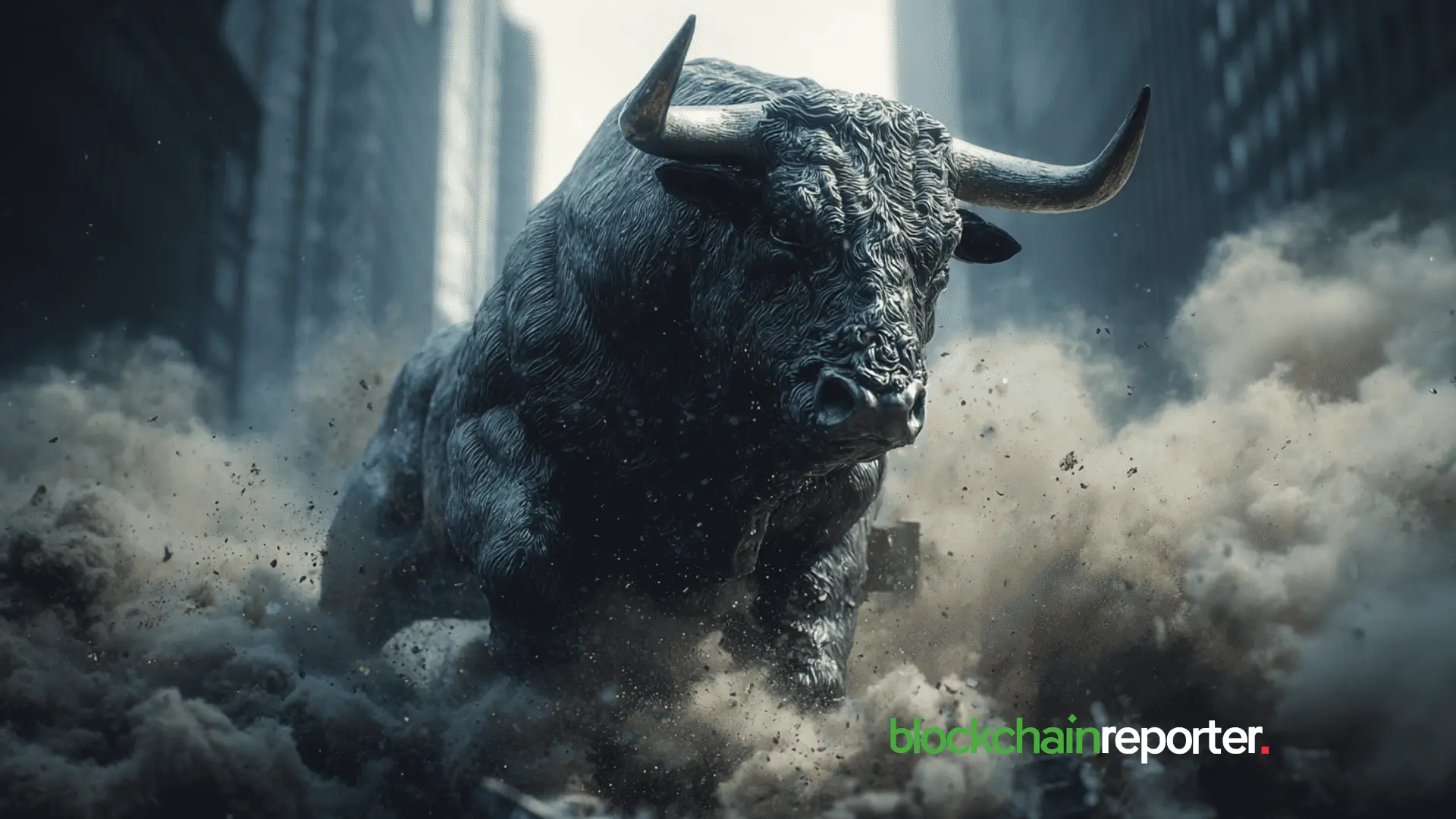Bored Ape creator revives brand with Otherside metaverse debut
Yuga Labs, the company behind the Bored Ape Yacht Club (BAYC), will release its long-awaited metaverse project, named Otherside, next month.
The company shared the news during its ApeFest event in Las Vegas, reviving the BAYC brand beyond non-fungible tokens (NFTs). In 2022, Yuga Labs raised $450 million to build Otherside but stayed silent for over two years. The Otherside metaverse will finally be available next month, on November 12.
Otherside competes with Fortnite, Roblox and Minecraft
Otherside combines gaming and social interaction, but with blockchain integration. Users can play just like they do on Fortnite, Roblox, and Minecraft. They can create an account using an email or connect their crypto wallet.
Users can also talk to their friends through text messages or voice notes. However, they have the option to purchase NFTs. That’s what makes BAYC’s Otherside stand out from Fortnite and Roblox.
Yuga Labs is aiming to create a low-barrier-to-entry experience. The chief product officer (CPO) of Yuga Labs, Michael Figge, said that people should be able to join Otherside with ease and later discover the meaning of truly owning an NFT.
He told The Verge, “It’s one of the most ambitious projects ever attempted in the space. It’s finally starting to take shape.”
Otherside has multiple virtual zones. The first playable area that users can explore is called The Swamp, which is a nod to BAYC’s original theme. The second virtual zone is called Nexus, which serves as a central hub. The metaverse will also have community-built games, including a zombie survival game called Bathroom Blitz and Otherside Outbreak.
BAYC’s metaverse brings a range of features and social tools. Users can join audio-based rooms called Bubbles, similar to X Spaces or Clubhouse. It will also integrate NFTs as avatars, so people who own NFTs from supported collections can use them as 3D characters. Other users can create new avatars using Voyager, a tool created by Yuga Labs.
Yuga Labs to launch NFT avatars with Amazon
Yuga Labs will launch a co-branded collection with Amazon called Boximus. The Amazon avatar, made of virtual shipping boxes, will be available on Thursday through Amazon’s website. The company will also launch another avatar-based collection with digital artist Daniel Arsham.
Avatars and items in Otherside are blockchain-based assets. Unlike other games, users can buy, sell, or trade those assets outside of the platform. Figge compared the model to buying skins in games like Fortnite, but with the added benefit of ownership. The pricing details of these avatars are not available yet, but Yuga Labs says they will be “reasonable and affordable.”
Yuga Labs also wants to build a creator-based ecosystem. Developers and users will have the ability to design their own worlds, games, and experiences. The goal is to attract frustrated developers with limited monetization options in traditional games like Roblox and Minecraft.
During the Las Vegas event, Figge shared information about the Otherside Development Kit (ODK). He said, “The O.D.K is a set of tools that allows you to build in Unreal Engine to create next-generation blockchain experiences.” He added that the vision is to have developers drag and drop, upload, and go live. Figge said, “This is a big opportunity.”
The CPO believes user-generated experiences on Otherside could soon compete with Roblox and Minecraft. Web2-based games have tens of millions of daily users, but they have not been disrupted in years.
Figge thinks Otherside can offer better options for developers who are tired of the economics of the Web2 model. He said, “A differentiated approach with a Web3 creator-first ethos could hit massive scale.”
Otherside hosted an IRL (in-real-life) livestream at the HyperX Arena in Las Vegas. The event gained over 22,000 viewers. OpenSea, along with other partners, powered the event and helped bring the metaverse experience to the arena.
Want your project in front of crypto’s top minds? Feature it in our next industry report, where data meets impact.
You May Also Like

Water150 Unveils Historical Satra Brunn Well: The Original Source of 150 Years of Premium Quality Spring Water Hydration

Top Altcoins To Hold Before 2026 For Maximum ROI – One Is Under $1!
